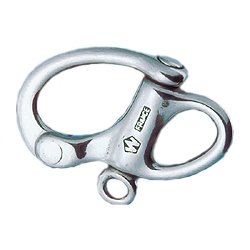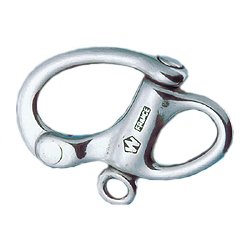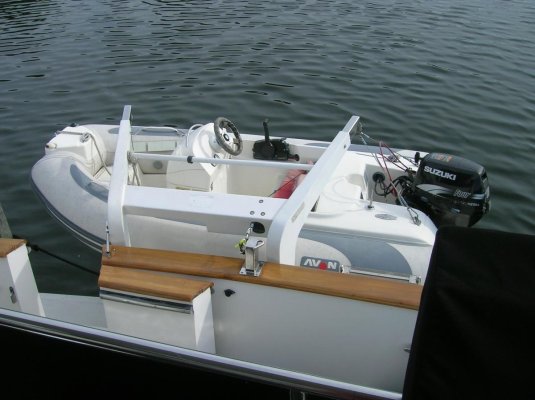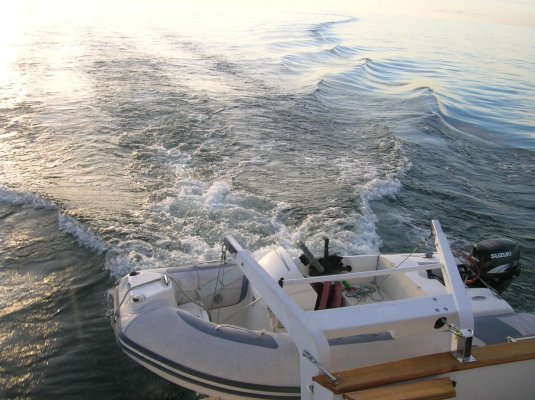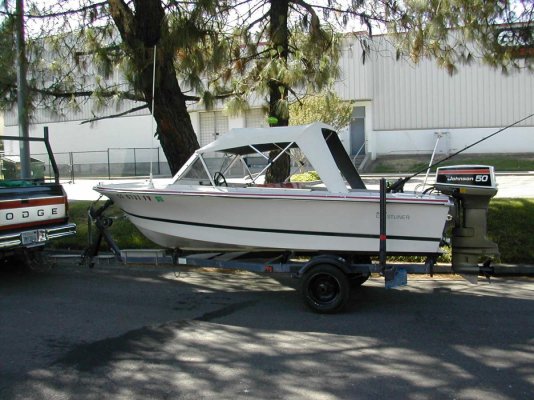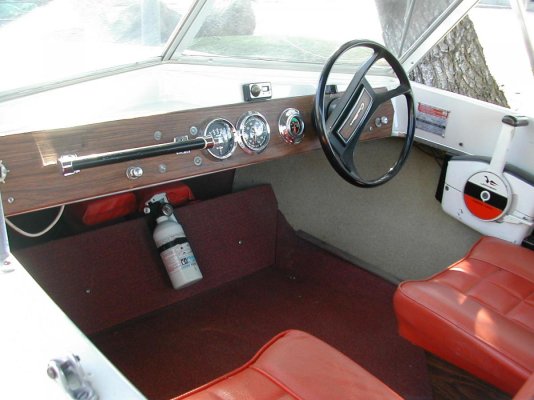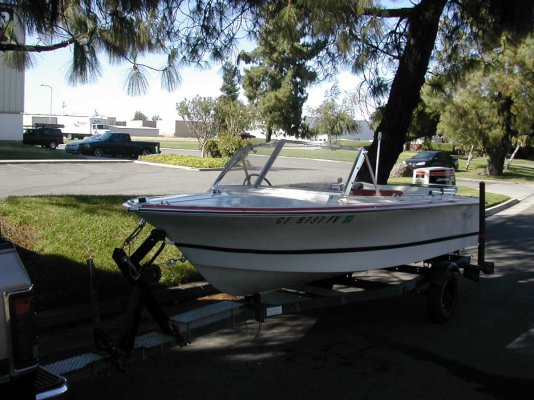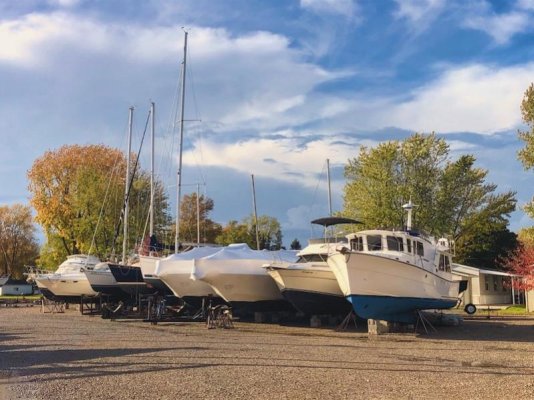HeadedToTexas
Guru
It took me 4 days to get out of Lake Michigan thanks to some harsh weather. There were a few light casualties, and thankfully no injuries or serious losses. I discovered this in the slip at Cheboygan and had to sit down. So very close to damaging the dinghy and maybe losing the outboard.
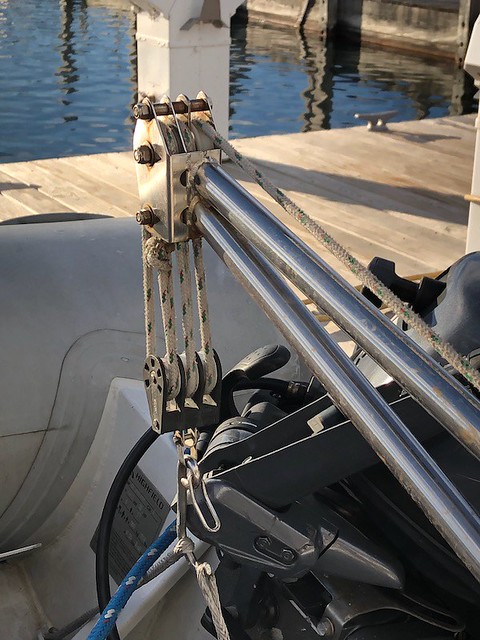
The dinghy hangs from St. Croix davits on Dyneema lines connected to wire gated carabiners mounted to a block and tackle rig. In the course of the big Lake Michigan waves, the stern carabiner let loose of its wire gate leaving the Dyneema line eye hanging on to the notch in the 'biner. Very thankful it did not let go.
Rather than carabiners, my mentor recommends Pelican Hooks. They are on order. What do you guys use to hang your dinghy from davits?


The dinghy hangs from St. Croix davits on Dyneema lines connected to wire gated carabiners mounted to a block and tackle rig. In the course of the big Lake Michigan waves, the stern carabiner let loose of its wire gate leaving the Dyneema line eye hanging on to the notch in the 'biner. Very thankful it did not let go.
Rather than carabiners, my mentor recommends Pelican Hooks. They are on order. What do you guys use to hang your dinghy from davits?



